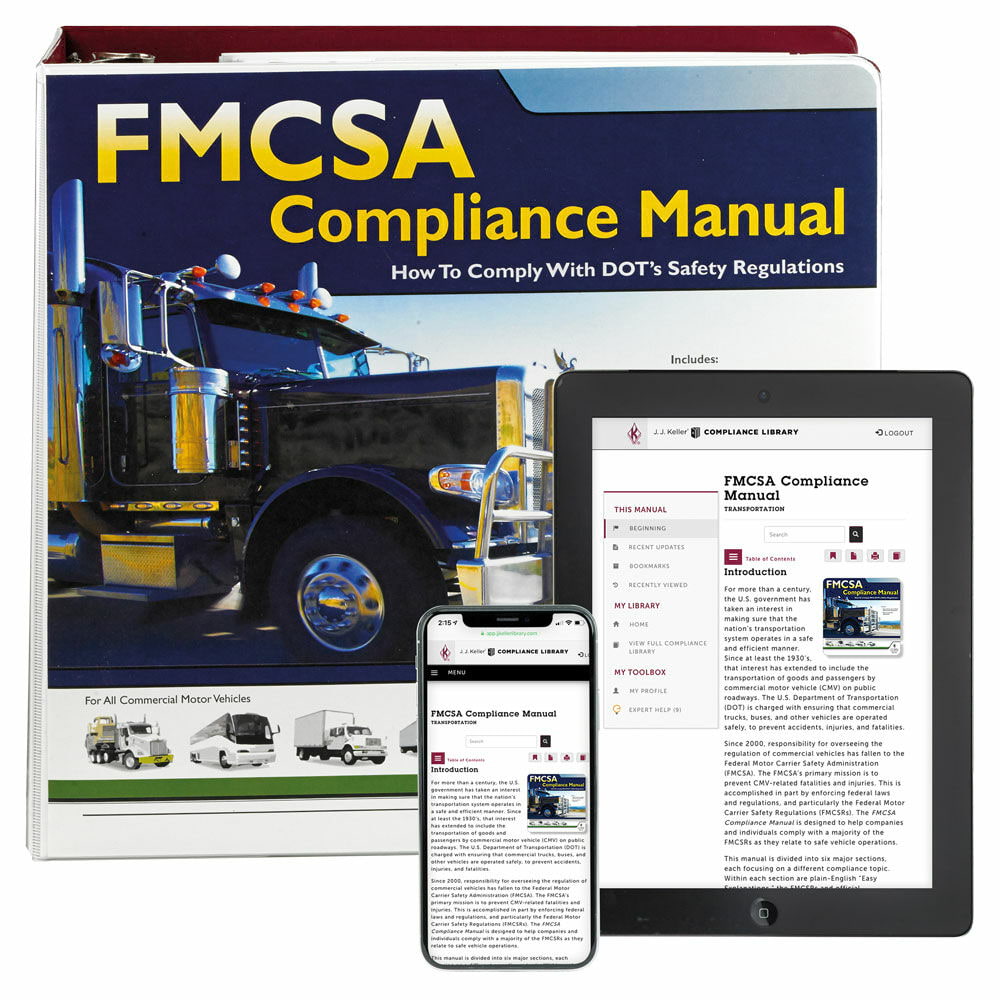

Plus, the rest break may now be taken while performing on-duty/not driving tasks (such as fueling or loading).

FMCSA DRIVER LOGBOOK REQUIREMENTS DRIVERS
The mandatory 30-minute rest break remains, but drivers will now break after eight hours of driving time, rather than after eight hours of on-duty time.These changes will become effective 120 days after the final rule was published in the Federal Register: To increase flexibility, the final rule makes four changes. Drivers are still held to a maximum 11 hours of driving within a 14-hour driving window/workday (except for adverse driving conditions, discussed below) must still take at least 10 hours off between workdays and the “weekly” maximums on driving time are still in place. FMCSA estimates that the “safety- and health-neutral” changes in the final rule will result in cost savings of $274 million annually.įMCSA stressed that the overall structure of HOS rules has not changed. In a break with past regulatory measures, FMCSA states that it sought to increase driver flexibility without decreasing safety. Over the course of 232 pages, the agency reviewed and responded to 8,000 public comments, which addressed the changes FMCSA published in its notice of proposed rulemaking (NPRM) last August. Rules affecting the 30-minute required break for drivers, sleeper berth exceptions, driving in adverse weather conditions and short haul exceptions all received modifications. 29.ĭrivers benefit in several ways that will not compromise safety on the highways.

The Federal Motor Carrier Safety Administration (FMCSA) has announced long-awaited and final revisions to truck driver hours of service (HOS) regulations, set to take effect on Sept.


 0 kommentar(er)
0 kommentar(er)
